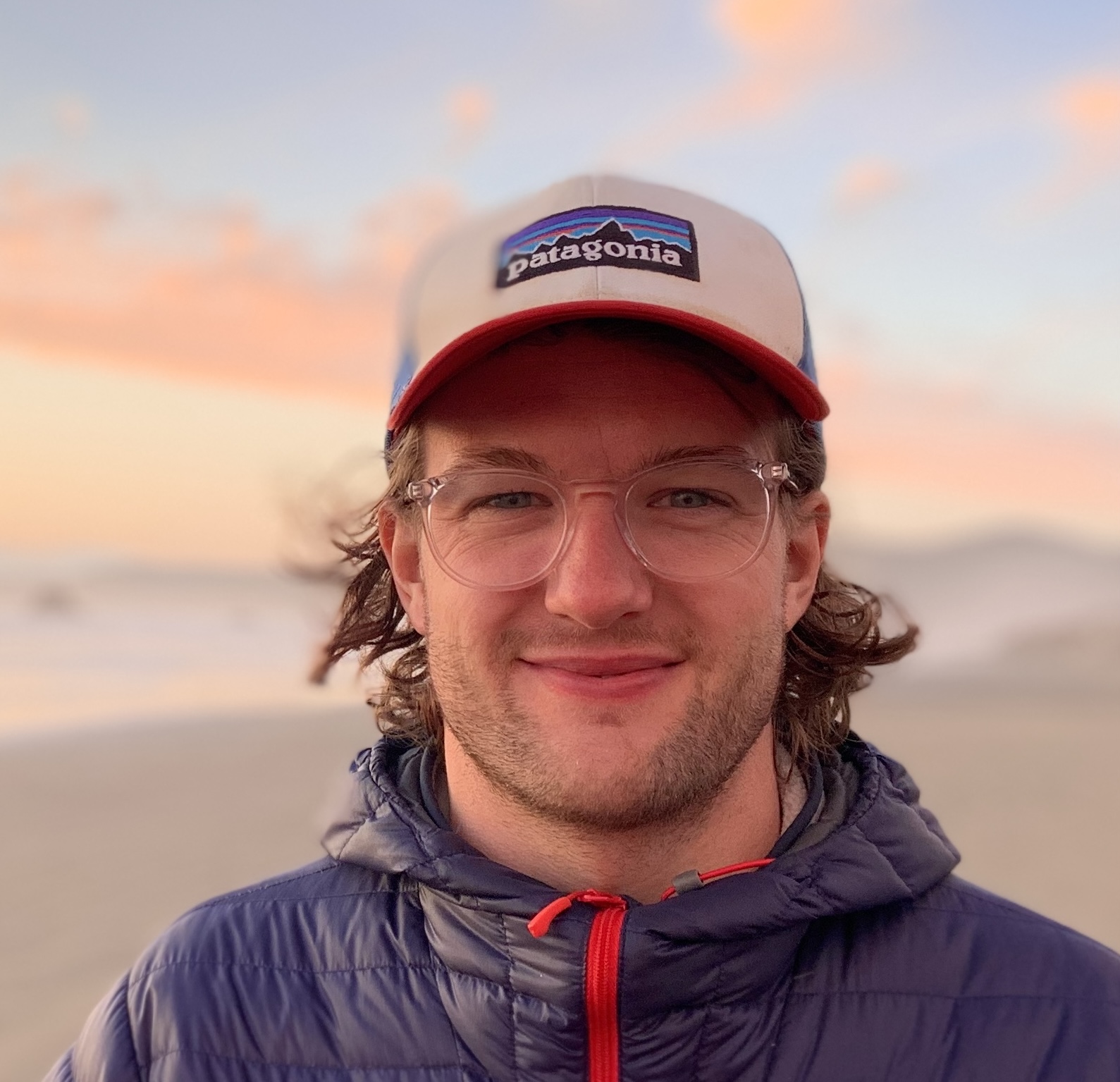From cratonic modification to asthenospheric interaction: Body wave tomography of the North American cratonic margin
Date:
The most stable, long-lived features on Earth are cratons. They form the cores of the continents that resist the destructive forces of plate tectonics due to their thick (~250km) cold, buoyant, chemically-depleted lithospheric keels. Keels are readily identifiable in seismic tomographic images due to their fast wavespeed, but their formation and long-term stability remains under scrutiny. To address this issue, I have used P- and S-wave relative arrival-time tomography in southeast Canada, a region that stretches from the Archean Superior Province to the Phanerozoic Appalachians Mountains at the Atlantic coast. The tomographic images display three broad zones of increasing mantle wavespeed from globally “slow"" in the Appalachian terranes, to a “fast"" Grenville Province and “extremely fast"" Superior craton. The decrease in seismic wavespeed from Archean to Proterozoic domains across the Grenville Front is consistent with models of two-stage keel formation, supporting the idea that keel growth may not have been restricted to Archean times. However, while crustal structure studies suggest that Archean Superior material underlies Grenvillian-age rocks up to ~300km SE of the Grenville Front, our tomographic models show a near-vertical boundary in mantle wavespeed directly beneath the Grenville Front. We interpret this as evidence for subduction-driven metasomatic enrichment of the Laurentian cratonic margin, prior to keel stabilization. Variable chemical depletion levels across Archean-Proterozoic boundaries worldwide, may thus be better explained by metasomatic enrichment of Archean material than an inherently less-depleted Proterozoic composition at formation. The challenge now is to embed regional tomographic models for Canada in global scale models that better- constrain absolute wavespeed variations. I am doing this using the method of Li et al (2008). This is enabling me to look deeper into the mantle, and for the first time in this region, study the extent of the Farallon slab and lithosphere-asthenosphere interaction.
